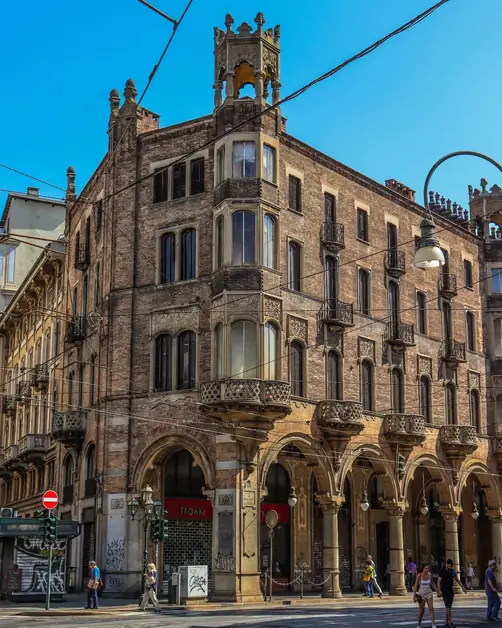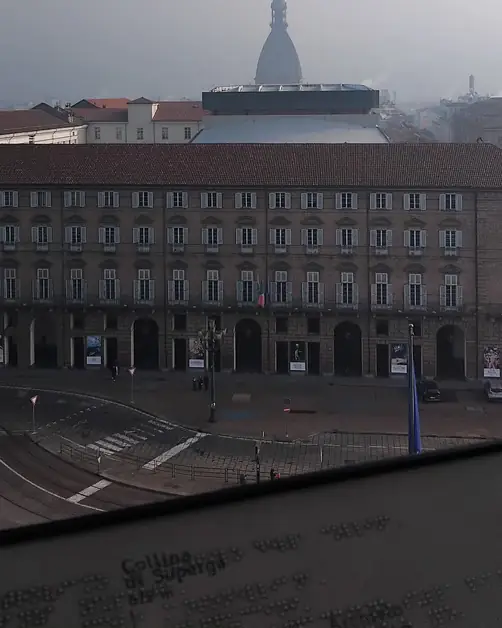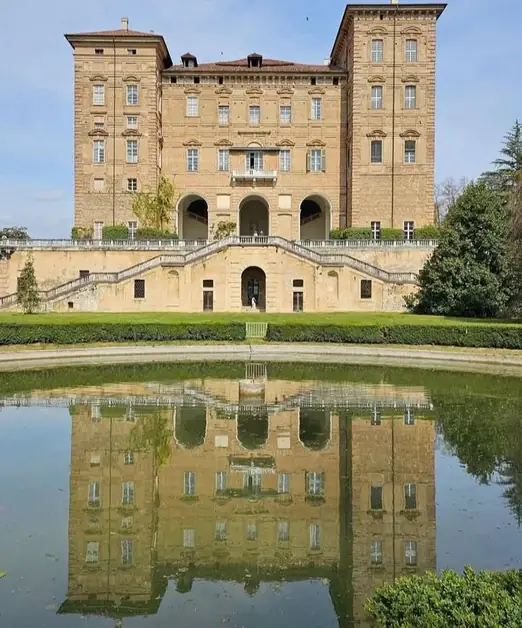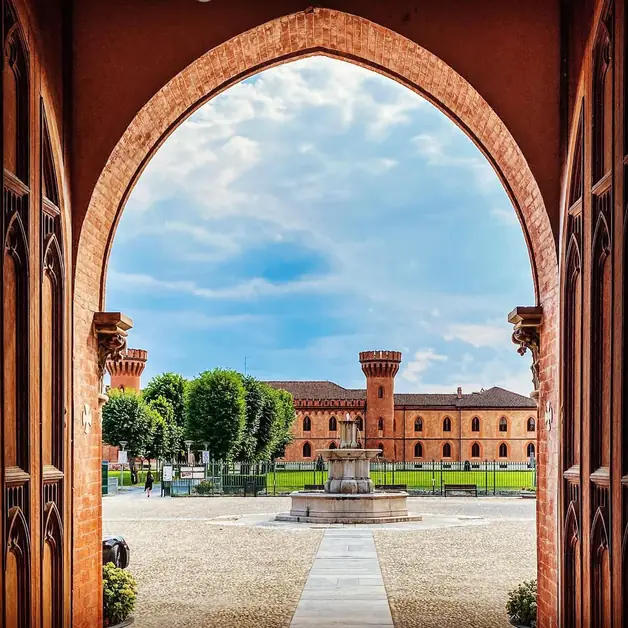The fascinating history of Via Pietro Micca Turin
Via Pietro Micca is a symbol of Turin's modernization, with a history that narrates urban transformation and the importance of public health.

What is the history of Via Pietro Micca Turin?
Via Pietro Micca was born in Turin at the end of the 19th century, as part of a large urban renewal project aimed at modernizing the historic center. In 1885, the City Council launched a plan to eliminate old and unhealthy blocks that posed a risk to public health. In this context, the idea of creating new, wider, and airier streets was born.
Why is it called Via Pietro Micca Turin?
The street is dedicated to Pietro Micca, a hero of the siege of 1706, famous for his sacrifice during the defense of the city against French troops. His name was chosen to celebrate a symbol of Turin's identity.
What urban transformations led to the birth of Via Pietro Micca Turin?
The project was promoted by Mayor Ernesto Balbo Bertone di Sambuy, who wanted to introduce diagonal streets in Turin to improve traffic flow and enhance ventilation between buildings. These new arteries were inspired by Roman examples like Piazza del Popolo, with an innovative design compared to the city's traditional orthogonal grid.
When was Via Pietro Micca Turin opened?
The construction and opening of the street mainly took place in the 1890s, under the direction of municipal engineer Tommaso Prinetti. The creation of the road involved the demolition of ancient buildings and the reconstruction of new, more modern blocks.
Which Liberty-style buildings are found in Via Pietro Micca Turin?
Among the most elegant buildings is Casa Bellia, designed by engineer Carlo Ceppi. This building became a model for subsequent Turin Liberty architecture, with sophisticated decorations and harmonious lines that still impress visitors today.
Why is Via Pietro Micca Turin important for the city's history?
Via Pietro Micca represents a symbol of urban modernization in Turin at the end of the 19th century. In addition to improving the city's appearance, it helped solve issues related to public hygiene and health safety, following the principles of hygienist medicine of the time.
What to see along Via Pietro Micca Turin?
Strolling along the street, tourists can admire elegant historic buildings, charming shop windows, and fascinating views connecting Piazza Castello with Piazza Solferino. The combination of architectural styles, from Liberty to Neoclassical, makes the walk very pleasant.
Why is Via Pietro Micca Turin a diagonal street?
The choice of a diagonal street arises from the need to improve internal connections within the city. Diagonal streets indeed allowed for better circulation and greater visual openness, also helping to let in more natural light between the streets of the center.
What are the historical curiosities related to Via Pietro Micca Turin?
One curiosity concerns the special law for urban renewal that inspired the project: it was originally intended for the city of Naples, but was also applied to Turin to improve the quality of life in the historic center.
Who designed the works of Via Pietro Micca Turin?
The interventions were overseen by engineer Tommaso Prinetti, who coordinated the demolitions and the reconstruction of new buildings according to modern criteria. His architectural vision helped give the street the elegant appearance we admire today.
What does Via Pietro Micca Turin represent today for tourists?
Today, the street is a fundamental passageway between the most visited areas of the city. Tourists walk it to reach museums, historic squares, and shopping streets. Its atmosphere, both elegant and lively, makes it ideal for a relaxing stroll.
Where exactly is Via Pietro Micca Turin located?
Via Pietro Micca connects Piazza Castello, the historical hub of the city, with Piazza Solferino, one of the most elegant squares in Turin. It is a strategic location for those visiting the center on foot.
What makes Via Pietro Micca Turin an ideal destination for architecture lovers?
The presence of Liberty-style buildings, richly ornamented facades, and the unusual urban layout make this street a true gem for those who love to observe architectural details.
Why visit Via Pietro Micca Turin during a trip to the city?
Because it is a street that tells the transformation of Turin, from its medieval origins to the great urban innovations of the 19th century. Walking here allows you to understand closely how the city has changed over time.
How to get to Via Pietro Micca Turin?
The street is easily reachable by public transport, thanks to the proximity of numerous bus and tram lines that connect the entire city. On foot, it is just a few minutes from Piazza Castello.
What atmosphere is felt today in Via Pietro Micca Turin?
The atmosphere is calm yet elegant, with shops, historic cafes, and refined buildings making the walk pleasant at any time of day.
What historical elements can still be observed along Via Pietro Micca Turin?
Among the most interesting elements are the Liberty facades, the perspective angles created by the diagonal layout of the street, and the architectural details that tell the story of 19th-century Turin.
Why is the history of Via Pietro Micca Turin linked to public health?
The urban planning that led to its creation was also designed to improve the hygienic conditions of the city. Eliminating the most degraded blocks was a way to combat the epidemic diseases of the time.
What are the most photogenic spots in Via Pietro Micca Turin?
The most photographed spots are the intersection with Via San Tommaso, the views towards Piazza Castello, and the richly decorated facades of Liberty buildings.
How does Via Pietro Micca Turin fit into the city's tourist route?
The street is an integral part of the walking routes that connect the main points of interest in the historic center. For tourists, it represents a natural stop while visiting nearby monuments.
What makes Via Pietro Micca Turin unique compared to other streets in the center?
Its diagonal shape, rare in the Turin urban fabric, gives it a distinctive character. Additionally, the richness of the buildings facing it makes it one of the most elegant stretches of the city.




